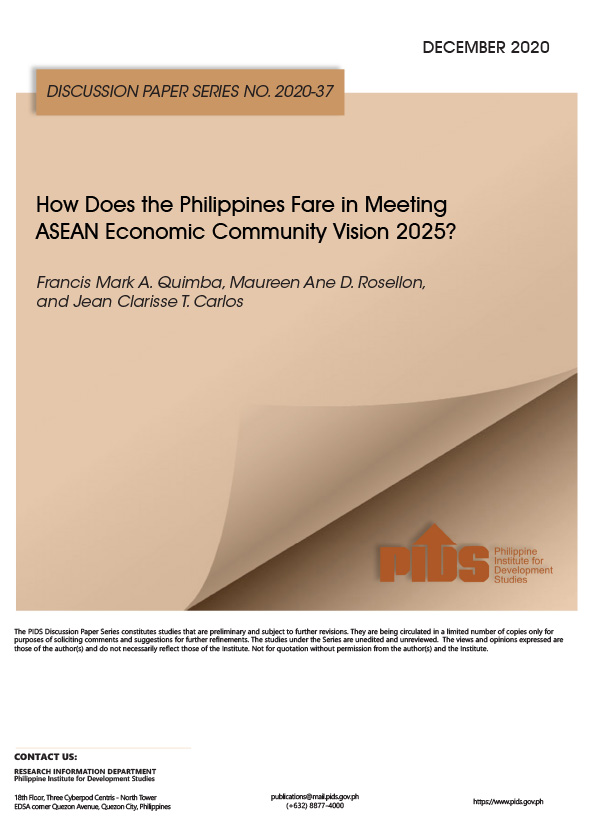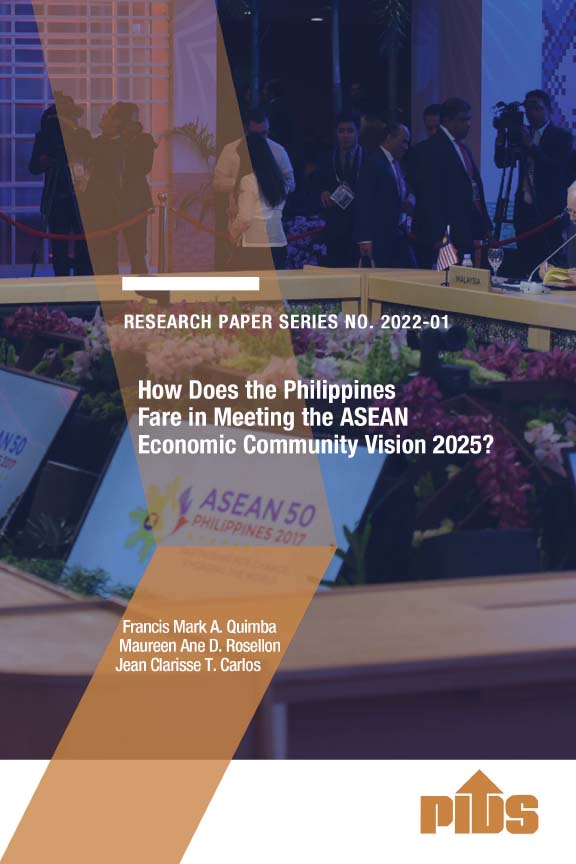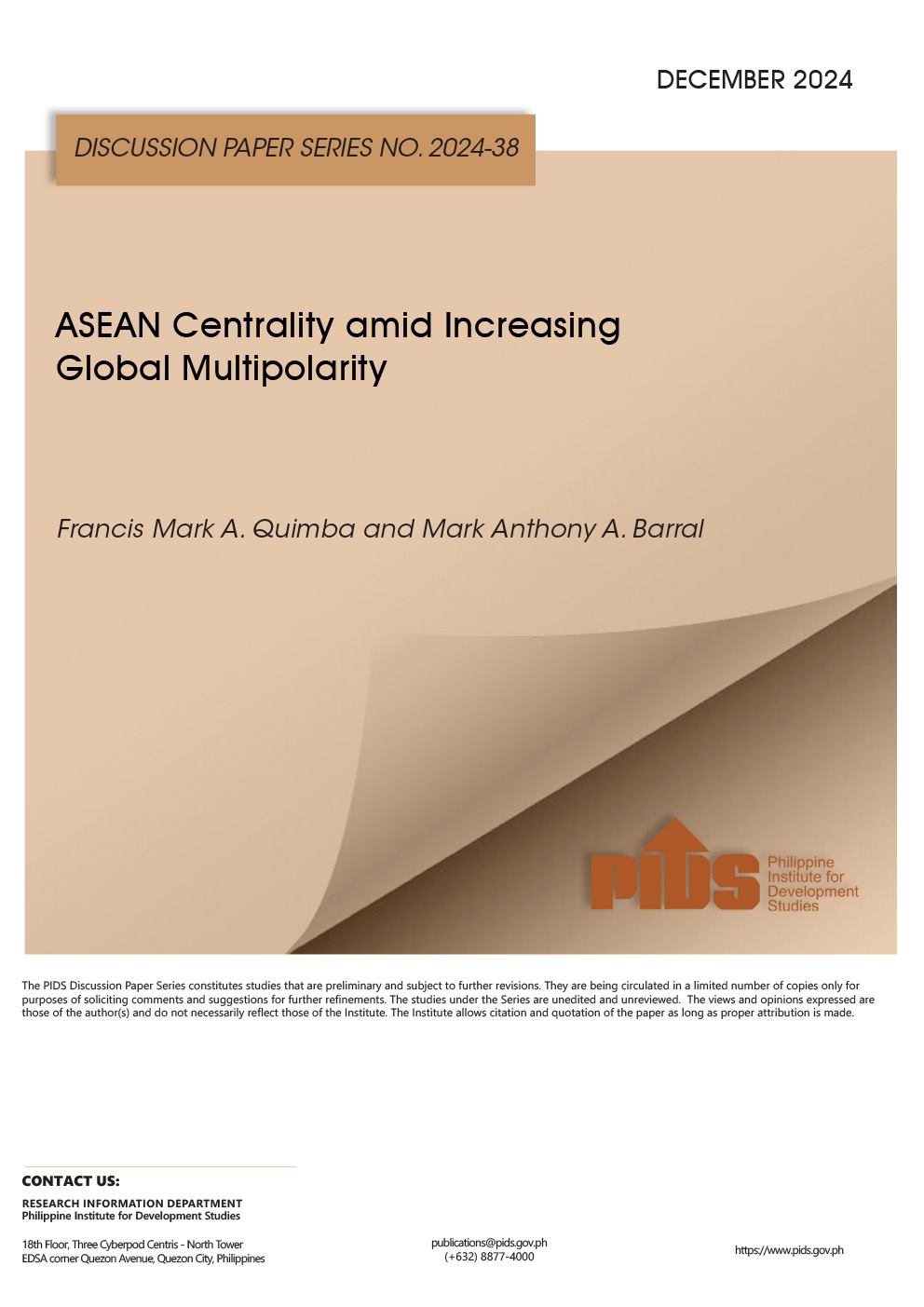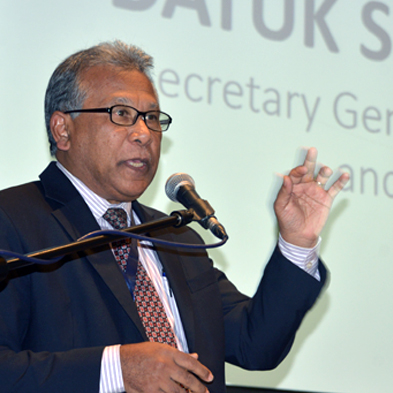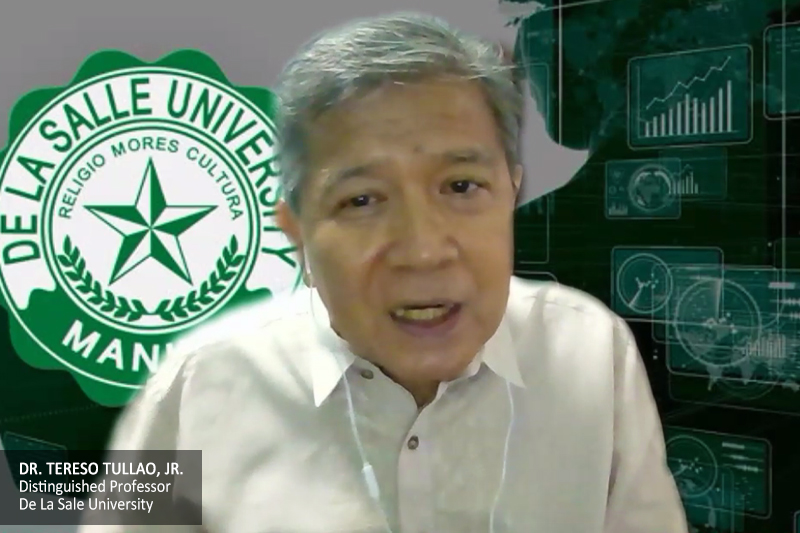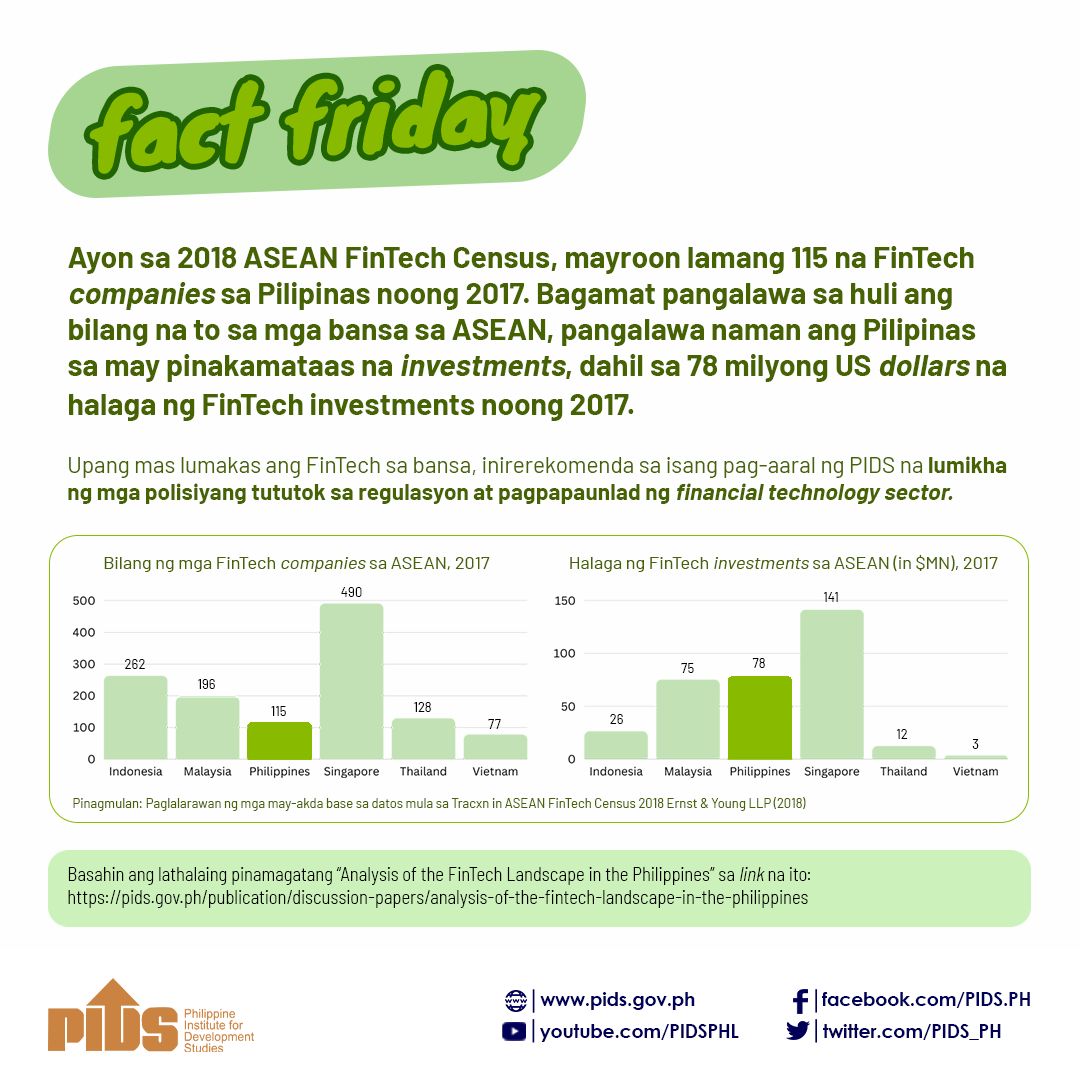
The integration of the Association of Southeast Asian Nations (ASEAN) should be able to address not only economic growth but also poverty and income inequality, said Philippine Institute for Development Studies (PIDS) President Gilberto Llanto.
Speaking at a forum recently organized by the Philippine APEC Study Center Network, together with PIDS and the De La Salle University (DLSU) – Angelo King Institute, Llanto explained that while globalization and the opening of markets proved to be beneficial, policymakers have to “bear in mind that these should work for the people, especially for the so-called ‘left behind’".
Llanto noted that to feel the positive effects of the economic integration in the ASEAN, the Philippines needs to address a number of challenges, especially in ensuring that majority of Filipinos benefit from it.
Stumbling blocks
A study presented by DLSU research assistant Justin Eloriaga emphasized the need to look at the digital divide in the region to address the income inequality among ASEAN countries.
In today’s digital age, Eloriaga said their study found that “income inequality is negatively associated with the percentage of internet users, which suggests that higher percentage of internet users shows lower income inequality.”
At present, 9 of the 10 ASEAN countries experience high digital and income inequality.
According to Eloriaga, the region has the potential to become one of the top digital economies in the world by 2025.
This can be achieved if developing ASEAN countries like the Philippines focus on advancing software literacy, providing accessible internet to the public, and easing up regulations on technological goods and telecommunications tax.
This supports the study of Paulynne Castillo, a faculty member of DLSU’s School of Economics, which underscored the need for ASEAN to explore the growing creative industry, which includes advertising, gaming, and music, pointing out that the Asia-Pacific region is the top market for it.
In the Philippines, Castillo said that there is a lot of potential for the animation industry, a subsector of the creative industry, but noted that it accounts for only 8 percent of the IT-BPO sector. She added that one of the key challenges is the problem with the internet infrastructure in the Philippines, which “hounds the outbound logistics” of the industry, or the ability to deliver the outputs in electronic format.
Meanwhile, Jamil Paolo Francisco of the Asian Institute of Management said that successful ASEAN firms “have had long histories of tough business environments to thrive in”.
One of the reasons, according to Francisco, is because the demand in the ASEAN region had been nascent, which meant firms had to be patient in maximizing the potential of their businesses. He said firms had waited long before their target markets were ready for a new product or innovation they offered.
Furthermore, Louie Dane Merced of the Foreign Service Institute said that the long-term challenges that ASEAN needs to address will be regional security, bilateral tensions, national resilience, and development gaps.
ASEAN awareness, appreciation
To be able to work together in addressing these challenges, ASEAN peoples must have an appreciation of the association first.
However, in the Philippines alone, there is only moderate familiarity of ASEAN among Filipinos and modest appreciation of the benefits of ASEAN membership, according to a study published by PIDS. Regarding oneself as an ASEAN citizen is also not strong although it increases with age. PIDS Research Information Director Sheila Siar, co-author of the study, said this can be attributed to the limited information about ASEAN disseminated to the public through the media. Nevertheless, the study found that Filipinos still have high hopes for the association, especially in the economic aspect. ###

